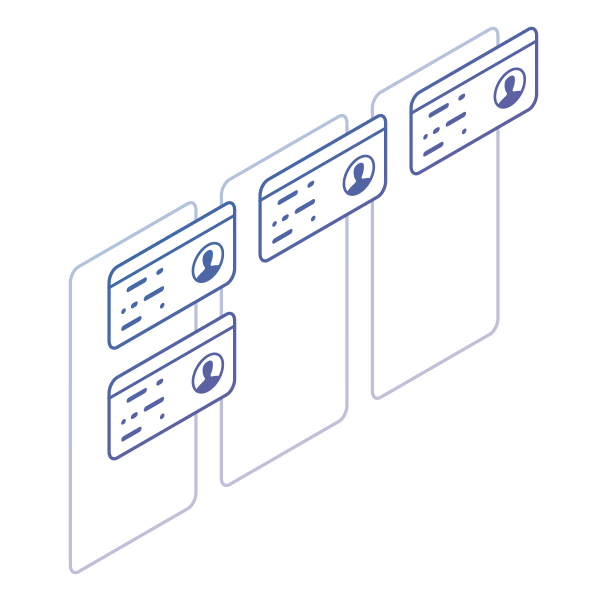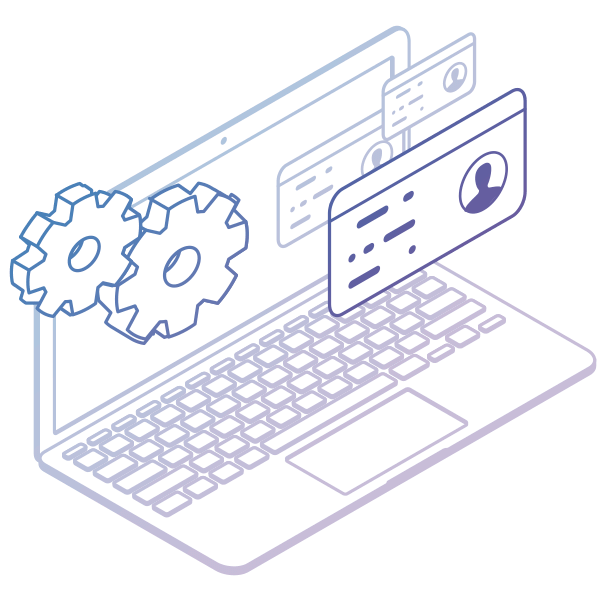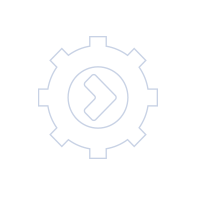Welcome! We’re excited that you’re here!
If you already have a solid understanding of Kanban and how it can help your organization, you can skip this article.
For everyone else, this introduction will help build your foundational Kanban knowledge and confidence as you move forward.
The Pillars of Kanban
Originally introduced in manufacturing, Kanban is now the leading workflow management method for defining, managing, and improving services in the knowledge work domain. The method was first widely adopted by Agile software development teams at the dawn of the 21st century. Over the years, its popularity and implementation have been spreading across numerous industries.
The Kanban method is neatly put into practice through the use of 6 principles and 6 simple practices.
Change Management Principles
- Start With What You Do Now.
- Agree to Pursue Incremental, Evolutionary Change.
- Encourage Acts of Leadership at All Levels.
Service Delivery Principles
- Focus on Customer’s Needs and Expectations.
- Manage the Work, Not the Workers.
- Regularly Review the Network of Services.
Kanban Practices
- Visualizing the workflow.
- Limiting work in progress.
- Managing flow.
- Making process policies explicit.
- Implementing feedback loops.
- Improving collaboratively.
Key Elements of a Kanban Board
Kanban begins with the six innate attributes that are present in every Kanban board: cards, columns, work-in-progress limits, swimlanes, commitment, and delivery point. Let’s get a sneak preview of each one of them.

Kanban board elements
Kanban Cards
The Kanban cards are visual representations of the work items or tasks at hand. Card details may include information such as the task's status, the deadline, the assignee, or the description.
Kanban WIP Limits
WIP limits indicate the maximum number of work items a team or an individual is currently working on or the amount of work allowed in the stages of your workflow.
Kanban Board Columns
The typical Kanban board has three columns: To Do, Doing, and Done or Requested, In Progress, and Done. They divide the Kanban board vertically, and each of them represents a different stage of a workflow.
Kanban Swimlanes
Swimlanes in Kanban represent horizontal lanes that split the Kanban board into sections used to organize work. For example, some use the Kanban swimlanes to differentiate between teams, functional areas, or entire business units.
Commitment Point
A commitment in Kanban is used to indicate a point in the work process where a work item is ready to be actively worked upon.
Delivery Point
The delivery point on a Kanban board indicates a point in the workflow where work items are considered completed.
How To Measure Success in Kanban?
Measuring matters in Kanban. The evolutionary nature of the method is rooted in the idea of continuous improvement suggested by the Lean management way. To derive improvements, Kanban relies on solid data insights delivered through inspecting two essential metrics: cycle time, and throughput.
1. Cycle Time
The cycle time metric measures the amount of time needed to complete a certain work item or task. It unlocks a clearer understanding of how long work stays in a workflow and patterns in the work process.
2. Throughput
The throughput measures the number of completed work items for a given time unit. Understanding how much work your team is processing per day, for instance, can narrow down business decisions such as expanding team capacity.
Why Kanban?
Whether it’s only you, your team, or your organization, the Kanban principles and practices are meant to nurture a culture of continuous improvement and help you become more efficient than ever.
Kanban helps you:
- See work as a flow – Think of your work and a flow of value towards the customer – this puts the customer front and center, no matter if they are inside or outside of your organization.
- See knowledge work as a service – Our instinct is to manage the things that are visible. This way we end up managing the people and not the work. Instead, think about your work as a service and manage it the same way.
- See organizations as a network of services – Each service is interdependent inside an organization, so think about the end-to-end process.
This is just the tip of the iceberg. If you want to explore the full potential of Kanban, we welcome you to continue your journey with us. We’ve worked hard through the years to create the most comprehensive Kanban guide.
You will also find tutorials that will help you put Kanban into practice with the help of Businessmap.
So, keep on reading! You are in good hands!







